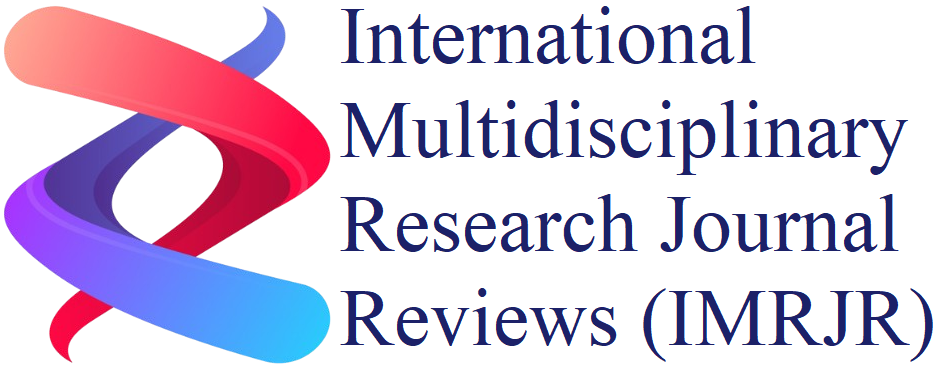Abstract: Users leverage mathematical models within machine learning solutions to obtain data patterns from big datasets, which enables them to create predictive models. Supervised learning achieved its classification separation through processing labeled datasets, leading to predictive procedural rules in information processing. By employing unsupervised learning systems on untagged data, users can automatically detect normal patterns and relational patterns while also conceiving abnormal patterns. The combination of labeled data analysis using current analytical obstacles steers analysts toward selecting between supervised or unsupervised learning because these methods demand distinct analytical needs. Supervised training systems process data collections that contain target criteria by applying numerical value processing and classification-based pattern identification methods to establish correlation patterns. The model achieves operational accuracy during training phases, which enables it to predict unknown input attributes whose values have remained unidentified. Under Supervised Learning of Machine Learning, we find linear regression supporting logistic regression and support vector machines followed by decision trees with neural networks, including user-specific algorithms. All available algorithms present various associations between their interpretation potential and performance limits and their managerial characteristics. Unsupervised learning methods act as discovery tools that optimize their ability to detect patterns in unlabeled information. The self-governed model development process has no place in unsupervised learning because systems operate through autonomous means. The clustering family uses K-means clustering combined with hierarchical clustering methods together with distance metrics along with density estimation procedures to perform point matching of similar patterns for better visual understanding through principal component analysis and t-distributed stochastic neighbor embedding (t-SNE). Systems that deploy semi-supervised learning frameworks benefit model learning applications since they use supervised data jointly with unsupervised algorithms while operating with or without labeled data and large amounts of unlabeled data.
Download:
![]() |
DOI:
10.17148/IMRJR.2025.020411
|
DOI:
10.17148/IMRJR.2025.020411
[1] Revanth Reddy Bojja, "A Comparative Study of Supervised and Unsupervised Learning Approaches," International Multidisciplinary Research Journal Reviews (IMRJR), 2025, DOI 10.17148/IMRJR.2025.020411

